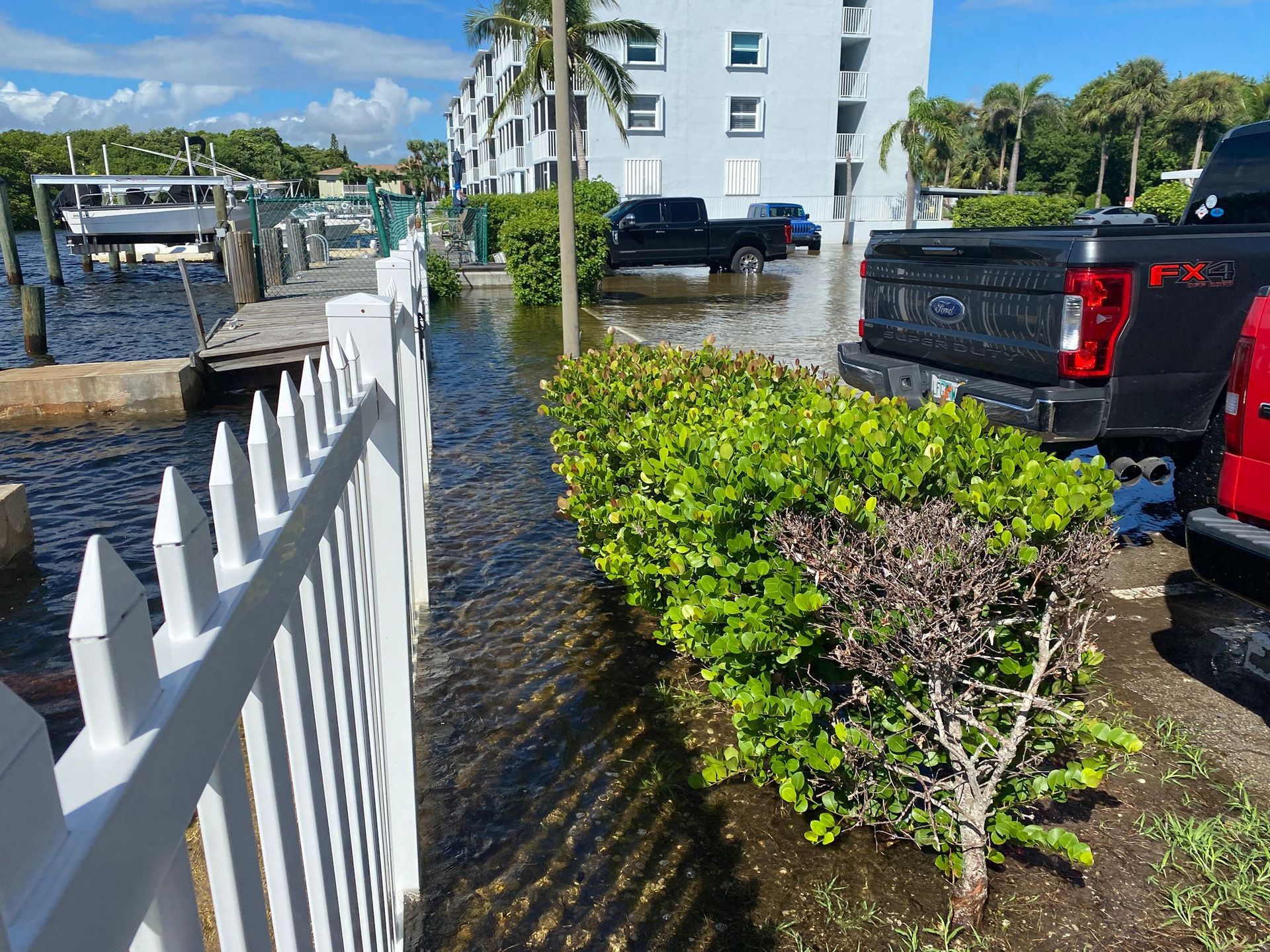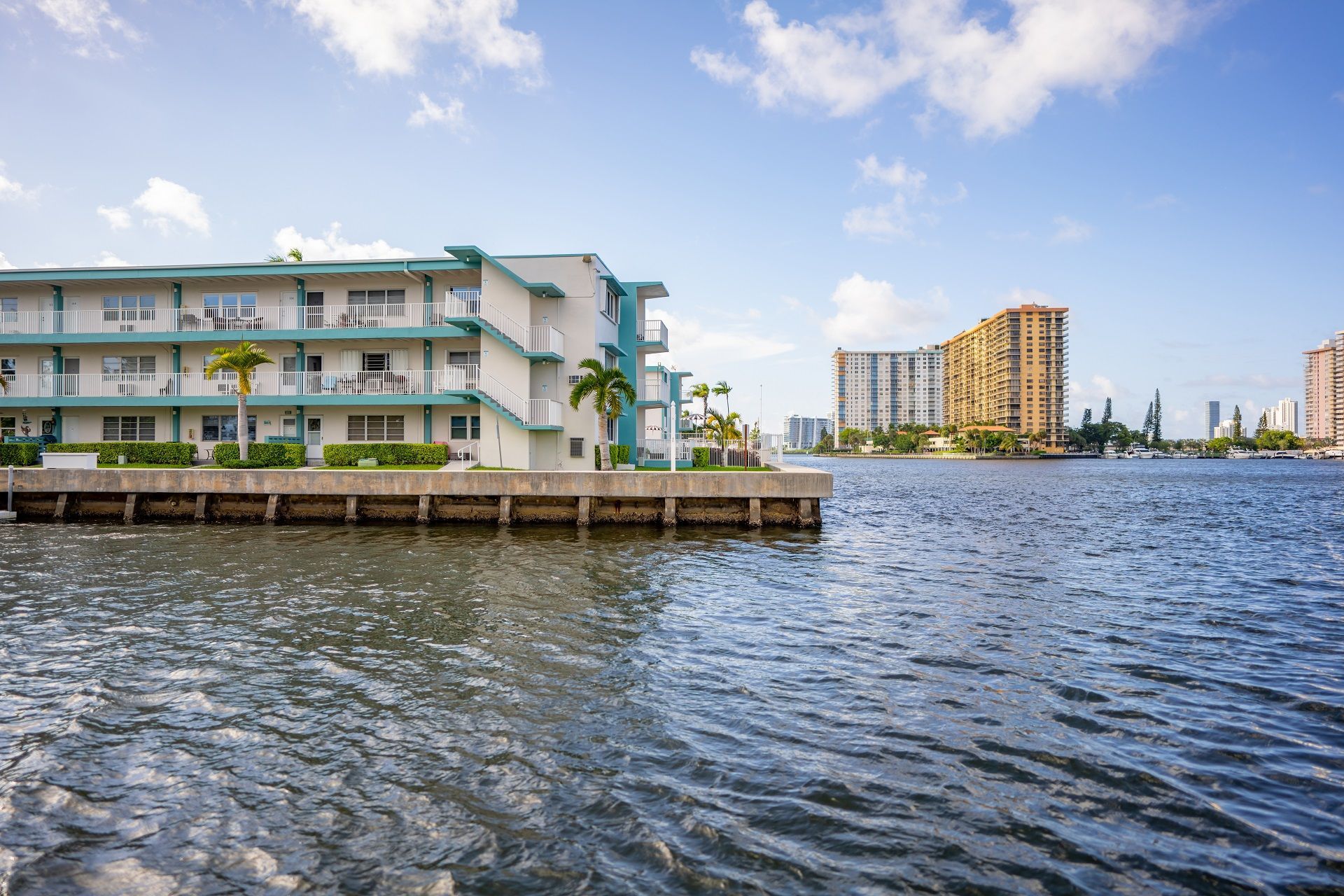How Often Should I Have My Seawall Inspected? A Comprehensive Guide
Seawalls play a crucial role in safeguarding properties from erosion and flooding by undergoing regular inspections to maintain their structural integrity and efficiency. The question arises: how frequently should one schedule seawall inspections? This guide explores the factors influencing seawalls' inspection frequency, offering insights to assist property owners in making informed decisions.
Importance of Seawall Inspections
Seawalls endure exposure to saltwater, waves, and tidal forces, leading to wear and deterioration. Regular inspections play a role in detecting any damage or weaknesses, facilitating prompt repairs and preventive maintenance. By monitoring seawalls, property owners can safeguard their investments and ensure the enduring stability of their coastal properties. Below are some of the benefits of Seawall Inspections:
1. Structural Integrity: Inspecting seawalls is essential for evaluating the structural integrity of these barriers. Inspectors can identify signs of decay, cracks, or vulnerabilities that might compromise its ability to withstand forces, waves, and erosion by scrutinizing the seawall.
2. Mitigating Coastal Erosion: Seawalls defend against erosion by shielding neighboring properties and infrastructure from being eroded by the relentless impact of waves and tides. Regular inspections play a role in maintaining the integrity and effectiveness of seawalls in preventing erosion and protecting shorelines.
3. Mitigating Property Damage: Maintaining a seawall in good condition is crucial for reducing property damage during floods and storms. Early identification and repair of any issues can help property owners save money and protect their buildings, gardens, and other structures.
4. Ensuring Public Safety: Seawalls safeguard properties and enhance public safety by preventing flooding and erosion in coastal regions. Regular inspections play a role in identifying safety risks and structural weaknesses that could jeopardize public well-being, enabling prompt repairs or reinforcement to prevent accidents or harm.
5. Preserving Environmental Stability: The presence of seawalls is essential for preserving the balance of ecosystems by preventing erosion and safeguarding vulnerable habitats. Inspections are vital to ensure that seawalls are functioning effectively without causing harm to the environment, such as loss of habitats or disturbance to life.
6. Complying with Regulatory Requirements: Property owners must adhere to standards requiring inspections and maintenance of seawalls to comply with environmental laws and coastal management policies. Property owners can avoid fines or penalties by following these guidelines while showcasing their dedication to protection.
7. Protecting Property Values: Seawalls represent an investment for property owners and can significantly influence property values.
Regular checks and upkeep are essential for maintaining the strength and effectiveness of seawalls, protecting property values, and ensuring a stable environment for residents and visitors.
Factors Affecting Inspection Frequency
Several factors influence how often you should have your seawall inspected, including:
1. Seawall Age: The age of the seawall significantly influences how often it should be inspected. Older seawalls are more prone to damage from exposure to saltwater, waves, and tidal forces over time. As seawalls age, issues like cracks, erosion, or structural weaknesses may arise, requiring monitoring and frequent inspections to catch and address problems early on.
2. Environmental Conditions: The surroundings where the seawall is located play a role in determining how frequently inspections should occur. Properties in areas with tides, strong currents, or frequent storms are at risk of wear and tear on the seawall. Severe environmental conditions can result in erosion, corrosion, and structural instability, necessitating inspections to evaluate the seawall's condition and detect any signs of damage or weakness.
3. Construction Materials: The materials used in building the seawall as its design can impact how often it needs to be inspected. Different materials offer varying levels of durability and resistance to corrosion.
Seawalls made of concrete, steel, vinyl, or composite materials may need varying inspection schedules depending on their vulnerability to elements and wear. Moreover, the way a seawall is designed and built can impact how long it lasts and the maintenance it requires. Seawalls that are poorly constructed often demand checks and fixes.
4. Damage or Repairs: Seawalls that have been damaged before or repaired might need regular inspections to ensure the repairs are holding up well and to spot any recurring issues. Damage from storm collisions with boats or erosion can weaken the structure of the seawall. Make it less able to withstand challenges. Regular inspections let property owners evaluate the condition of the seawall after repairs and deal with any maintenance needs to prevent harm.
5. Usage and Exposure: The amount of usage of a seawall and its exposure to activities can affect how often it needs inspecting. Seawalls in areas with lots of boat traffic, marine construction work, or recreational activities may experience wear and tear compared to those in quieter spots. Properties exposed to levels of saltwater, waves, and tidal forces may also require frequent inspections to watch for corrosion effects, erosion issues, and structural weakening.
6. Regulatory Requirements: Rules set by authorities could also impact how often seawalls need inspecting. Local authorities or governing bodies in regions may set schedules for inspecting seawalls to ensure the public's safety and protect the environment. Property owners should be aware of these regulations.
Follow inspection guidelines to avoid fines or penalties. Understanding these factors can help property owners decide how to inspect their seawalls and implement maintenance plans to keep them strong and functional. By being proactive with inspections, property owners can catch issues by reducing the need for costly repairs or potential structural failures.
Recommended Inspection Intervals
Determining how often you should inspect your seawall can vary but industry experts generally recommend the following:
1. Yearly Inspections: property owners should schedule an inspection of their seawalls at least once a year. Annual checks allow for monitoring the seawall's condition and help detect any developing problems before they worsen.
2. Post-Storm Inspections: Inspecting the seawall is recommended to assess storm-related damage following weather events, like hurricanes or tropical storms. Quick post-storm inspections can aid in spotting damage and preventing further deterioration.
3. Regular Maintenance Checks: In addition to checks, property owners need to conduct maintenance inspections throughout the year to keep an eye on the seawall's condition and promptly address any minor issues. By staying on top of maintenance tasks, property owners can extend the lifespan of the seawall and avoid repairs in the future.
In Summary
To ensure that coastal property seawalls remain stable and effective, it's crucial to conduct inspections. Property owners should be aware of the factors influencing inspection frequency and adhere to recommended guidelines for inspection intervals. This proactive approach helps safeguard investments and maintain seawall integrity over time.
If you need help determining when to inspect your seawall or its current state, seek advice from our team at Certified Inspectors. We are a top-rated real estate inspection company serving all the major cities in Florida.
Disclaimer: The information on this website and blog is for general informational purposes only and is not professional advice. We make no guarantees of accuracy or completeness. We disclaim all liability for errors, omissions, or reliance on this content. Always consult a qualified professional for specific guidance.
Share the post:






